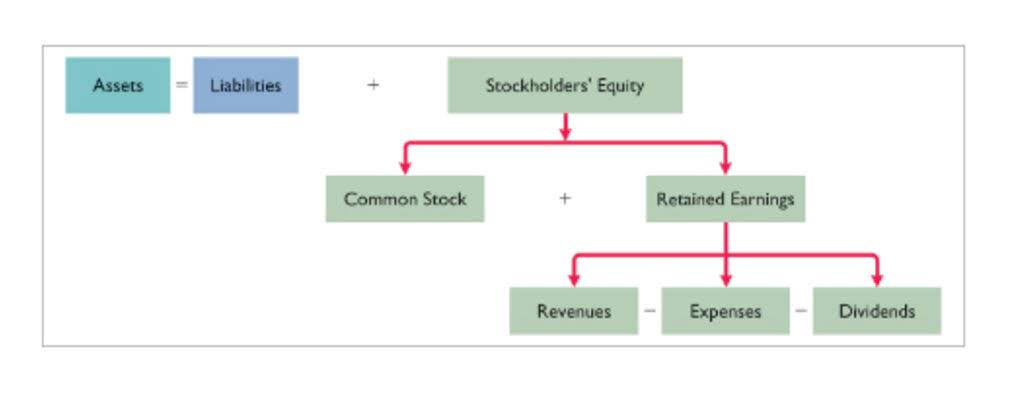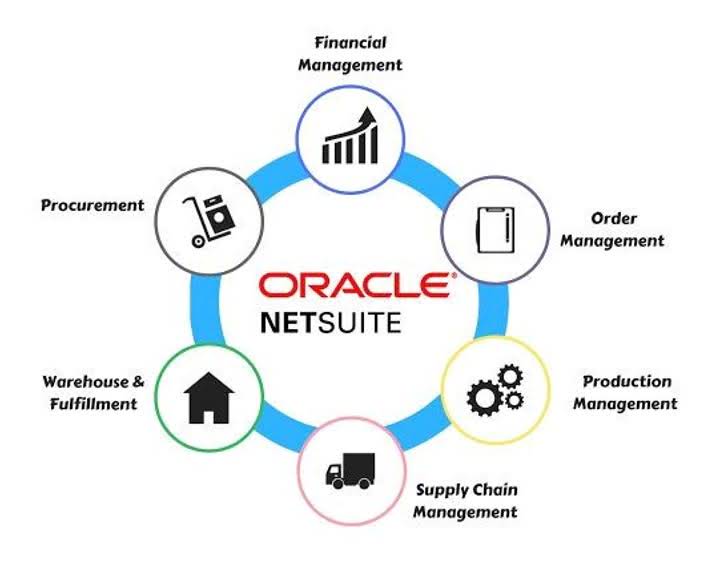
For example, a grocery store displays advertisements for a national brand in its weekly flyer. The national brand gives the grocery store cash, reducing the overall cost of printing the flyer. For the ultimate learning experience, consider a Full-Immersion Membership that offers unlimited access to an extensive collection of templates, courses, and tools. It’s the ideal platform for those looking to take their skills—and their business’s financial clarity—to the next level. For the past 52 years, Harold Averkamp (CPA, MBA) hasworked as an accounting supervisor, manager, consultant, university instructor, and innovator in teaching accounting online. For the past 52 years, Harold Averkamp (CPA, MBA) has worked as an accounting supervisor, manager, consultant, university instructor, and innovator in teaching accounting online.

Can accounts receivable journal entry be reversed or modified?

A contra asset account is not classified as an asset, since it does not represent long-term value, nor is it classified as a liability, since it does not represent a future obligation. A contra asset account is a type of account in accounting that has a natural credit balance and is used to decrease the balance of a related asset account. It contains negative balances that offset the balance in a paired asset account on a company’s balance sheet, revealing the net value of the asset.

Allowances
For example, if a company has a liability account for unearned revenue, they would also contribution margin have a contra liability account to offset the balance in the unearned revenue account. For example, accumulated depreciation offsets the value of fixed assets like machinery or buildings, reflecting wear and tear over time and showing net book value rather than original cost. Similarly, the allowance for doubtful accounts adjusts accounts receivable to reflect estimated uncollectible amounts, offering a realistic view of expected cash inflows.
Examples of Contra Revenue Accounts
- A contra account is subtracted from its related account on the financial statements, resulting in a net balance.
- When contra revenue accounts like sales returns, allowances, and discounts are factored in, they reduce the overall sales figure.
- By understanding their impact on key financial ratios—such as gross margin, net profit margin, and return on sales—businesses can better navigate their financial landscape.
- Accounts receivable journal entries are a critical component of the accounting process for businesses that extend credit to their customers.
- It is a concept that may seem complex at first, but with a clear understanding, businesses can utilize contra revenue to provide a more accurate representation of their revenue streams.
These shares are recorded at cost and reduce total equity, impacting metrics like earnings per share (EPS) and return on equity (ROE). Share repurchases can be strategic, often used to return capital to shareholders or signal confidence in the company’s prospects. Another example is dividends declared but not yet paid, temporarily reducing retained earnings until payment is made. These accounts are critical for understanding changes in shareholder value and making informed decisions about capital structure and dividend policies. Contra asset accounts adjust the value of a company’s assets to provide a more accurate depiction of their worth. The allowance for doubtful accounts estimates the portion of accounts receivable that may not be collected, often calculated using historical data and industry averages.
- When a business offers discounts to customers for early payment, a sales discount journal entry for account receivable is recorded.
- A contra revenue account is used to offset a related revenue account, typically carrying a debit balance.
- They offset related accounts, providing a clearer picture of a business’s financial health.
- There are two major methods of determining what should be booked into a contra account.
- One common example of a contra account is the allowance for doubtful accounts.
- Treasury stock is a common contra equity account, representing shares repurchased from shareholders.
What are some examples of contra accounts?

This journal entry records the sale of goods or services on account for $100. The Accounts Receivable account is increased by $100, and the Sales Revenue account is increased by $100. A contra expense account is an account used to reduce the amount of an expense without changing the balance in the main expense account. Examples of contra expense accounts include Purchase Returns, Purchase Discounts, and Advertising Reimbursements. Contra revenue accounts might seem like extra work, but they play a crucial role in maintaining accurate and transparent financial records. While contra revenue account both contra revenue and expense accounts can reduce your bottom line, they’re not interchangeable.
- Yes, many accounting standards, including Generally Accepted Accounting Principles (GAAP), require the use of contra revenue accounts to ensure accurate and transparent financial reporting.
- Maintaining consistent documentation of all transactions related to these accounts is vital.
- Businesses experience a world of benefits from maintaining accurate contra account records.
- They typically appear just below the related asset, with their credit balances reducing the total value of the assets, showing the net amount that’s carried on the books.
- To write off an accounts receivable journal entry, debit the Allowance for Doubtful Accounts and credit the Accounts Receivable account for the amount of the uncollectible debt.
- Accounts receivable journal entries can be reversed or modified to correct errors, issue refunds, account for bad debts, or adjust for changes in estimates.

Our accounting firm is a professional service firm that focuses on providing expert advice in accounting and tax. They are able to provide our clients with the most accurate and law firm chart of accounts reliable solutions for their particular financial/accounting needs. In the above case, the company will bear a loss margin of $100, and the contra revenue amount is $100.00. Chartered accountant Michael Brown is the founder and CEO of Double Entry Bookkeeping. He has worked as an accountant and consultant for more than 25 years and has built financial models for all types of industries.